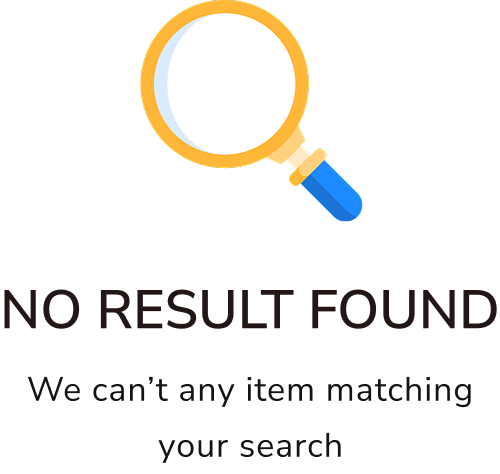What is Traceability in Food Processing?
The perishable nature of food and its potential health risks make traceability essential in the agri-food sector. Food businesses must monitor products throughout the supply chain, ensuring safety, compliance, and efficiency.
Traceability refers to the ability to track food through all stages of production, processing, and distribution, including importation and retail. It ensures that movements can be traced one step backward and one step forward within the supply chain. Modern food technology consulting leverages tools like RFID (Radio Frequency Identification) to automate data collection and enhance traceability.

Types of Traceability in Food Manufacturing
Traceability in food manufacturing can be categorized into:
- Supplier Traceability – Tracks the origin of raw materials and ingredients, ensuring supplier accountability.
- Client Traceability – Provides visibility into product distribution after it leaves the manufacturer.
- Process Traceability – Monitors food products through various stages of processing to maintain quality and compliance.
Effective traceability systems should identify the source of all food inputs, including raw materials, additives, minor ingredients, and packaging components.

Benefits of Food Traceability Systems
A robust traceability system enhances food safety and provides multiple advantages:
1. Rapid Response to Food Safety Issues
- Enables quick corrective actions in case of a product recall.
- Prevents contaminated products from reaching consumers.
- Helps food businesses isolate affected batches, minimizing trade disruption.
2. Process Optimization in Food Manufacturing
- Reduces error rates in food processing.
- Enhances product selection accuracy.
- Streamlines document management and workflow.
3. Strengthening the Food Supply Chain
- Increases supply chain confidence with improved tracking.
- Helps in efficient recalls to maintain consumer trust.
- Ensures businesses can quickly resume operations after disruptions.
4. Lower Insurance and Liability Costs
- Many food consultancy services recommend traceability as insurers often require it for policy underwriting.
- Reduces potential legal and financial risks associated with food safety incidents.

Emergency Planning for Food Traceability
A comprehensive traceability system helps in all stages of emergency planning:
- Preparedness – Provides supply chain visibility to anticipate potential risks.
- Response – Enhances agility in managing crises.
- Recovery – Helps businesses and regulators restore consumer trust.
- Prevention – Facilitates root cause analysis to avoid future problems.
Food Industry Standards for Traceability
Food businesses must adhere to regulatory requirements to ensure traceability:
1. Food Receipt Records
Food businesses must maintain records that include:
- Supplier details (vendor, manufacturer, packer, or importer).
- Product identification (prescribed name or designation).
- Origin tracking to ensure the legitimacy of received food.
2. Food Recall Procedures
Wholesale suppliers, manufacturers, and importers must have a documented food recall system with:
- Production records detailing manufacturing and supply processes.
- Batch or lot identification for precise tracking.
- Distribution records for efficient recall management.
3. Compliance with Food Safety Regulations
Following HACCP, FSSAI, and GMP guidelines ensures that businesses meet traceability standards and regulatory expectations.
Conclusion
Effective packaging quality control is essential for food safety, regulatory compliance, and consumer trust. By adhering to best practices in food packaging, labeling, and validation, food manufacturers can enhance product integrity and brand reputation.
 PMG stands for Projects Management Group. We provide state-of-the-art Engineering Services to build world-class food processing factories.
PMG stands for Projects Management Group. We provide state-of-the-art Engineering Services to build world-class food processing factories.  Engineering is the difference between Chaos and Excellence. If you are going to do it, do it right.
Engineering is the difference between Chaos and Excellence. If you are going to do it, do it right.  Explore the diverse range of Products in the Food Processing Industry.
Explore the diverse range of Products in the Food Processing Industry.  Explore the technologies at the heart of the the Food Processing Industry.
Explore the technologies at the heart of the the Food Processing Industry. 


 Back
Back 



